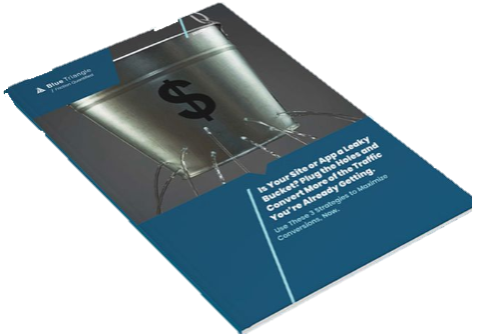MVPs were supposed to be our savior—fast, lean, iterative. But somewhere along the way, they became a trap. What should be a launchpad turns into a support nightmare, eroding trust, frustrating teams, and disappointing customers.
Too often, MVPs are treated like the final product—not a stepping stone. They get launched with a press release and a prayer, but no ownership, roadmap, or plan for what happens next.
As Mehdi Rizvi, a digital transformation expert who began his career in operations and supply chain before pivoting to customer experience, said on an episode ofThe Frictionless Experience said, "Whatever you are creating has to tie to a metric."
When "Minimum" Becomes Meaningless
We've all seen it. A new tool rolls out—an online configurator, a chat widget, a loyalty feature. It technically "works," but there's no documentation, no customer service training, and no follow-up. The result? An MVP that becomes a maximal headache.
Mehdi laid it out clearly:
"The minimal viable product usually just becomes what IT can deliver."
That's not a product. That's a prototype that accidentally went live.
And it gets worse when the rest of the org isn't looped in. Mehdi shared a painful real-world example: a company launched a $30,000 in-store product. A customer went from website to store, had a great experience, and asked for a spec sheet. But the information was six months out of date.
"They're engaged. You've won. But you can't give them what they need? That's a breakdown," Mehdi said.
Web traffic was up. Store visits were logged. KPIs checked.
But the customer still walked out empty-handed.
That's not minimal. That's dysfunction.
Shipping Isn't the Finish Line
Mehdi shared a lesson from his time at Cablevision during a major triple-play launch. Before the go-live, the head of the contact center gave him a simple test:
It's a vivid metaphor. Most launches focus on whether the ball rolls at all. Very few ask if it survives the journey.
"No one has discussed training. No one has discussed staffing. No one has discussed the skills required to operate it," Mehdi said. "You create something and say, 'I got something.' And you're like, okay—you got something very little. It's not ready for prime time."
The Hidden Cost of "Ship It" Culture
There's a dangerous assumption that shipping equals success. It doesn't.
Shipping is just the beginning.
The real question is: Are you structured to support what you just launched?
Because if you're not, the product becomes a burden.
"The process broke, not the person," Mehdi said. "But now that person is stuck trying to fix it."
This isn't just about customer experience. It's about employee experience, too. When you launch without training your frontline teams, you're setting them up to fail.
Amazon Didn't Wing It—They Engineered It
One of the best contrasts Mehdi offered was Amazon.
He ordered something. It didn't arrive. He escalated it online. No order number was required. They saw his history. They just fixed it.
"It was so simple," Mehdi said. "But this is not simple by chance. This is simple because someone spent a lot of time to make it simple." Read more about what you can learn from Amazon.
Compare that to a hotel that double-billed him and demanded a confirmation number mid-call—while he was scrambling on his phone, on speaker, trying to dig it up.
Same problem. Wildly different experience. The difference? Operational readiness.
Amazon didn't just launch an MVP.
They designed for day two, day twenty, and day two thousand.
Don't Just Ship—Support
Ask yourself:
- Have you trained your teams?
- Do you have a support plan?
- Have you identified who owns this product post-launch?
- Can you say with confidence: "The ball rolls through the org—and comes out the other side"?
If not, then your MVP isn't a milestone. It's a liability.
A Better Way: From Viable to Lovable
Some teams are evolving beyond MVP altogether. Nakul Goyal at CARFAX calls it building Minimum Lovable Products (MLPs). His team doesn't just ask, "Can we ship this?"—they ask, "Will anyone love this?"
"Sometimes it's okay to slow down before you accelerate," Nakul said on an episode of The Frictionless Experience. "There's a tremendous amount of risk. You need guardrails so you don't unintentionally shoot yourself in the foot."
At CARFAX, they don't greenlight projects unless they're expected to deliver at least half a million dollars in measurable impact. That's not just viable. That's intentional.
It's not about shipping less—it's about supporting more.
Read more about how to shift from MVP to MLP.
Final Takeaway: Roll the Ball
Mehdi's ball test sticks with me.
"If the ball doesn't make it through the org, you're not ready to roll."
That's the standard we should hold our MVPs to—not whether they ship, but whether they survive. Because, at the end of the day, an MVP isn't just a test of your product.
It's a test of your org. And most companies? They're failing it.

During the holiday rush, every shopper matters
Optimize the customer journey before the eCommerce event of the year.

.jpg)



